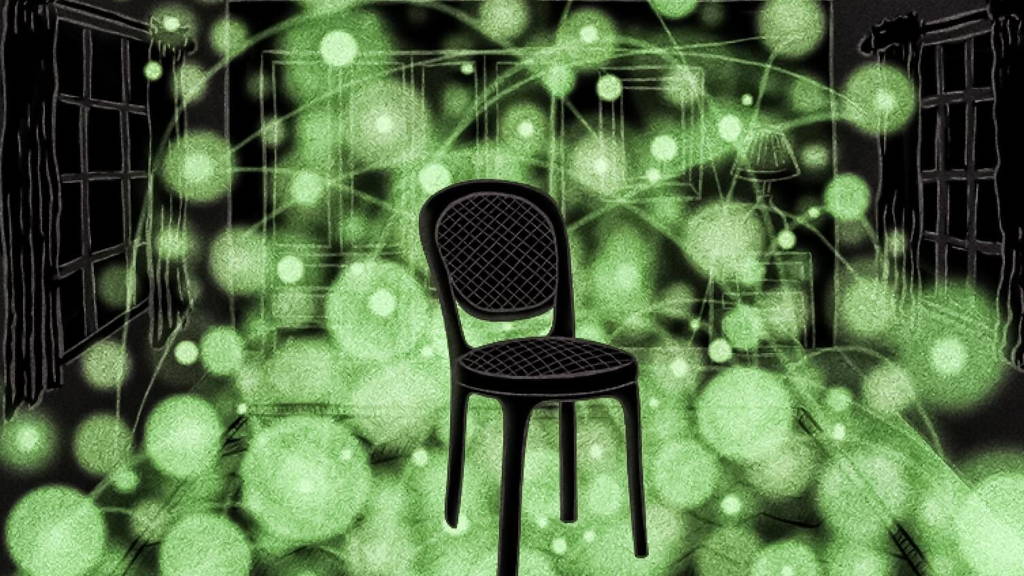The scientists, led by physicist Ernst-Ludwig Florin, used their method, thermal noise imaging, to capture nanometer-scale images of networks of collagen fibrils. Examining collagen fibrils on this scale gives scientists the opportunity to measure the main features that affect the skin elasticity for the first time, something that could lead to better designs for artificial skin or tissues.
Normally, chemicals are added to the biological material, in order to eliminate the blur, but these chemicals also stiffen the material, causiing the material to lose its natural mechanical properties. Ernst-Ludwig Florin and his team chose a different approach. To make an image, they add nanospheres - nanometer-sized beads that reflect laser light - to their biological samples under natural conditions, shine a laser on the sample and compile superfast snapshots of the nanospheres viewed through a light microscope.
Scientists are still not sure how a collagen network’s architecture results in its elasticity, an important question that must be answered for the rational design of artificial skin. "If you want to build artificial skin, you have to understand how the natural components work," says Florin. "You could then better design a collagen network that acts as a scaffolding that encourages cells to grow in the right way."
Brownian Motion
Taking sharp 3D images at nanoscale in biological samples is extremely difficult, partly because they tend to be soft and liquid. This means that small fluctuations in heat cause structures to move back and forth, an effect which is known as the Brownian Motion.Normally, chemicals are added to the biological material, in order to eliminate the blur, but these chemicals also stiffen the material, causiing the material to lose its natural mechanical properties. Ernst-Ludwig Florin and his team chose a different approach. To make an image, they add nanospheres - nanometer-sized beads that reflect laser light - to their biological samples under natural conditions, shine a laser on the sample and compile superfast snapshots of the nanospheres viewed through a light microscope.
Luminous bouncing
The scientists compare the thermal noise imaging method with the following analogy: "Imagine that you need to create a 3D image of a completely dark room. By throwing a luminous bouncing ball into the room and take pictures rapidly when it bounces back and forth, you will see that while the ball is moving in space, it is unable to move through solid objects such as tables and seats. By merging these millions of photos, you could create a picture where you see the objects (where the ball could not go), and where you see void (where the ball did come). In thermal noise imaging nanosphere is the equivalent of the rubber ball moving around in a sample by natural Brownian motion.Lean backwards
"This chaotic wiggling is a burden to most microscopic techniques, because it makes everything hazy," says Florin. "But we are using it in our favor. We don’t need to build a complicated machine, we just sit back and let nature do its work for us."Scientists are still not sure how a collagen network’s architecture results in its elasticity, an important question that must be answered for the rational design of artificial skin. "If you want to build artificial skin, you have to understand how the natural components work," says Florin. "You could then better design a collagen network that acts as a scaffolding that encourages cells to grow in the right way."






